After weeks one and two, we are continuing to move forward in the season, making great progress! Today is our annual Pancake Saturday, where one of our lead mentors, Brian Scharles Jr, and his dad, Brian Scharles Sr, came in early and made pancakes to give us a boost for a productive day. We always look forward to this day!
The CAD team collaborated with the Fabrication team to create sketches of wrist and end-effector parts(the device at the end of the robot arm designed to pick up game pieces) for the Fabrication team. They also assembled parts of the competition robot, then finalized all the intricate details of the CAD files for it. This team is also finishing the intake and climber.
Electromechanical assembled the superstructure (drivebase, elevator uprights, arm bases) of the robot, and attached it to the drivebase. The wrist mechanism was attached, and the algae and coral end-effectors. Significant progress in other subsystem assemblies, such as the elevator carriage was made. Our team decided to upgrade our pit so it's easier for traveling to competitions. We would like to thank Mukwonago Home Depot for helping us get our toolbox, and to all of our student, mentor, and parent volunteers who helped make this possible!
Fabrication finished the robot superstructure consisting of the drivebase, elevator uprights, and arm bases of the robot. The new fabrication students also were taught how to use Clecos (which are temporary rivets) and how to change a bandsaw blade. They worked to get the competition robot ready to pass on to the electrical team. Students helped to rearrange the shop so it is easier to walk to different areas safely and then prototyped the algae manipulator.
Electrical fabricated the assembly of the robot drive base, elevator uprights, arm bases. They assembled key subsystems such as the coral end-effector (the mechanism responsible for carrying the coral game piece), and tested these mechanisms.
Members of the Electrical team wired the drive base. The planning stages for wiring the upper portion of the robot are underway and will be tested over the next week.
The FIRST Impact team continued to tell our story. They chose their presentation team and began planning for their judged presentation. Our annual Woodie Flowers candidate essay was completed and then another draft of the Impact Essay was started. We finished up the Executive Summaries and sent them to editors for feedback.
Also, one of the initiatives our FIRST Impact team is participating in is FIRST Advocacy Day. FIRST Wisconsin Advocacy Day is an annual event where participants learn about the state legislature and share information about FIRST programs with legislators at the Capitol. Members of our team also met with Banker Wire, one of our long-time sponsors, where we got a quick tour of their facility and showed them last year’s robot. We visited MHS and PVMS for their course information nights to advertise our team to the community and get students interested in joining our robotic program.
The Strategy team started prepping for robot scouting, which is needed to gather data during the competitions. We installed FRC Krawler onto our new scouting tablets. FRC Krawler is a scouting app created by FRC team 2052, Knight Krawler and we use it to gain metrics from matches to determine who we want to pick when it comes to alliance selection. Scouting Metrics were finalized and imported into Krawler. They deployed the FRC Krawler app onto our scouting tablets. Scouting metrics were imported, then scouting tablets were labelled and named.
The Business subteam created and shipped two social media posts, about course info night and meeting Banker Wire. The image quality of our sponsor logos were fixed. Safety glasses retainers were ordered so the team has some branded ones. Also we completed our monthly video that includes a sponsor credit scroll. Make sure to check out our YouTube channel to see that video.
Programming completed the 2025 robot characteristics, which include drivetrain and autonomous modes. They worked on the localization of the robot on the field utilizing limelight. Now, the robot can localize and place itself in relation to the field. The Programming team also ensured standard organization for programming tools. Finally, camera placement on the robot was confirmed, then the cameras were calibrated.
Additionally, Programming got the robot simulation functioning in both 2D and partially in 3D. The robot can now localize itself on the field using limelight vision. They used the electrical mechanism board to test the code of the individual systems. They fixed the cameras and worked on Limelight inconsistencies for the autonomous mode. Finally, programming updated their documentation to illustrate the process and ensure consistency.
We definitely had a busy two weeks and will keep up the momentum as we head into the end of build season.





